Walk began Sunday in Gatineau, Que., passed Parliament Hill, ended at Ottawa City Hall
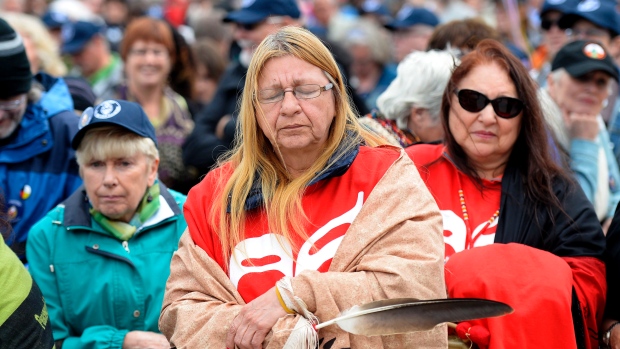
reposted from CBC News, May 31, 2015
An estimated 7,000 to 10,000 people walked through downtown Ottawa-Gatineau in an effort to “transform and renew” the relationship between aboriginal people and other Canadians as the Truth and Reconciliation Commission of Canada prepares to release its final report on Tuesday.
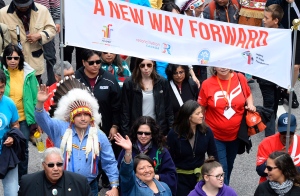
“It’s a dark chapter in Canada’s history, no question. It was cultural genocide,” said National Chief Perry Bellegarde, head of the Assembly of First Nations, who took part in the walk on Sunday.
“There’s a lot of young ones that didn’t come home to their families, communities. There’s a lot of death there. We’ve got to remember and honour those [deaths], that we learn from that and honour their spirits.”
The commission, struck in 2009, has been writing an exhaustive history of the residential school system. The commissioners interviewed more than 7,000 people across the country and the final report, which is expected to be released on June 2, will span six volumes and more than two million words.
At least 6,000 aboriginal children died while in the residential school system, according to commission chair Justice Murray Sinclair, though poor record-keeping has made an exact figure difficult to pinpoint.
Bellegarde said there’s a lot of rebuilding to do and many stories left to tell.
“The Truth and Reconciliation Commission is six, seven years of listening to the truth … and even though it’s part of their closing ceremonies, it really is the beginning of rebuilding the relationship between First Nations, non-First Nations peoples in Canada,” he said.
“That’s what this walk is all about. … We have to tell the truth. The truth has to be told.”
‘We walk together’
Ottawa Mayor Jim Watson, who address the crowd at City Hall, said about 7,000 people made the walk. Justice Sinclair, meanwhile, estimated that about 10,000 people showed up.
Chief Robert Joseph, who attended residential school and helped create the organization Reconciliation Canada, said Sunday that he had been waiting to take part in Sunday’s walk for a long time.
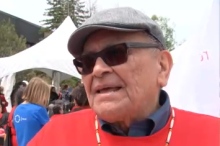
“I never, ever envisioned that this would happen, that thousands of people would gather to give expression to the idea that we are … all one,” Joseph said.
“And that includes me, somebody who was so terribly beat up in these residential schools that I felt absolutely worthless, no purpose in my life. And now here I am and I see all this humanity, and I’m inspired to my soul that people care enough to come out and walk with us today. And we walk together,” he said.
“We’re going to create and define Canada in a way that it should have been defined in the first place: inclusive, equal, just, compassionate, all those wonderful words we subscribe to all the time.”
‘It’s about forgiveness and restoring Canada’
People came from many parts of Canada to take part in the walk, including Bernadette Dean from Rankin Inlet, Nunavut. She attended Akaitcho Hall residential school in Yellowknife, she said.
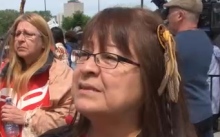
“It’s really good because, to me, it’s about forgiveness and restoring Canada. … I know [the commission] collected a lot of testimonies and I hope something good comes out of it,” Dean said.
Dorene Bernard, who came from the Indian Brook 14 reserve in Nova Scotia, said three generations of her family went to residential schools.
“I wanted to be part of history, the closing of the [commission], and to walk for survivors … and all my relatives from the east that attended residential schools,” Bernard said.
Closing ceremonies end Wednesday
Sunday’s walk was one of many events taking place from Sunday to Wednesday as part of a closing ceremony for the commission.
The 4.7-kilometre walk crossed the Ottawa River along the Portage Bridge, passed Parliament Hill and the National War Memorial, and ended at Ottawa City Hall on Elgin Street.
The CBC’s Waubgeshig Rice covered the walk, and you can check out his tweets below.
Other events scheduled for the week include sharing circles, archival displays, film screenings and educational sessions.
On mobile? Check out the live blog here.
Related Stories
- Complete CBC coverage of Truth and Reconciliation Commission, final report
- Residential schools findings point to ‘cultural genocide,’ commission chair says
- Residential schools: Promises of reconciliation saved in bentwood box
- Closing ceremonies begin for Truth and Reconciliation Commission
- Truth is hard but residential school reconciliation harder: Murray Sinclair
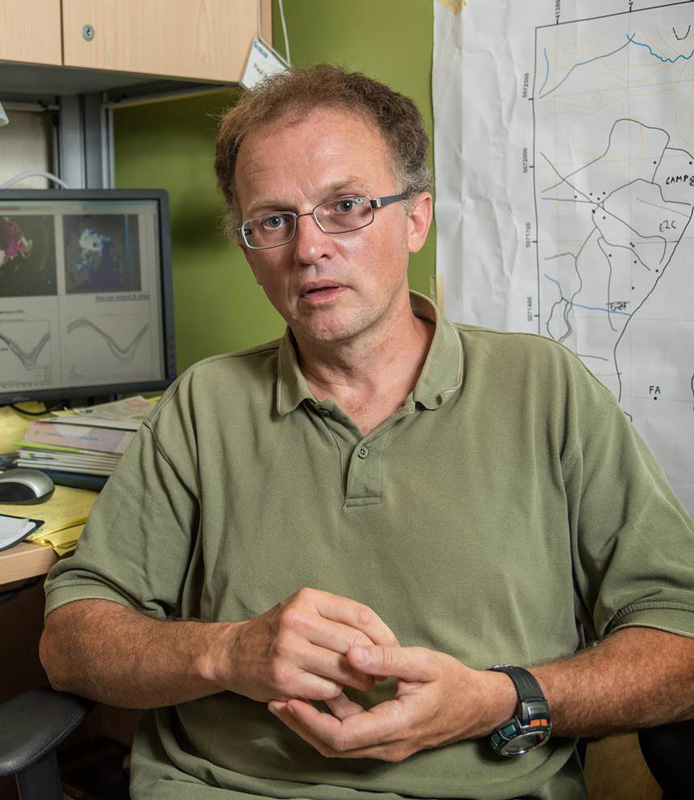
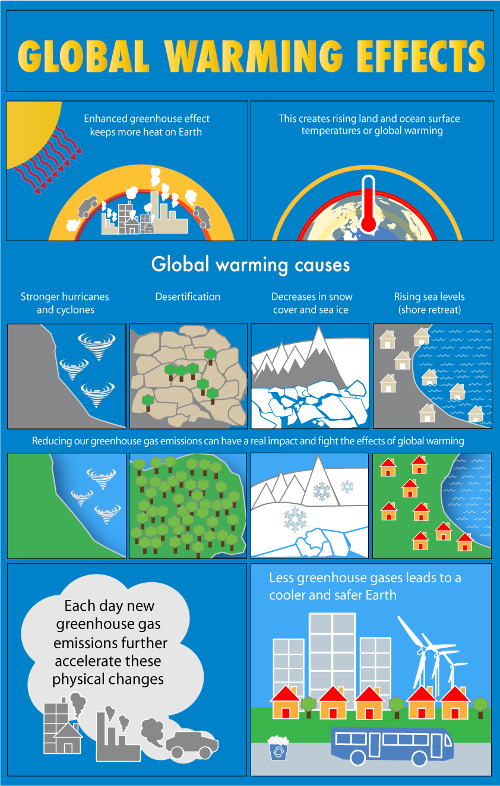
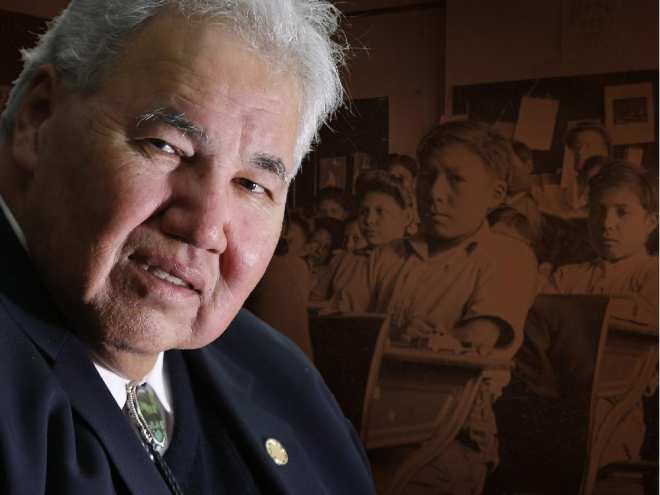
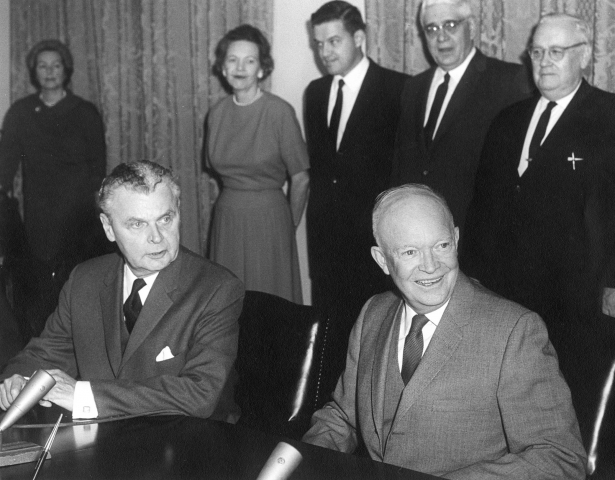
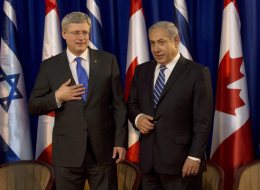 OTTAWA - Israel has expressed its gratitude to Canada for helping to block a major international plan towards ridding the world of nuclear weapons.
OTTAWA - Israel has expressed its gratitude to Canada for helping to block a major international plan towards ridding the world of nuclear weapons.













 Frank Graves is founder and president of EKOS Polling.
Frank Graves is founder and president of EKOS Polling.